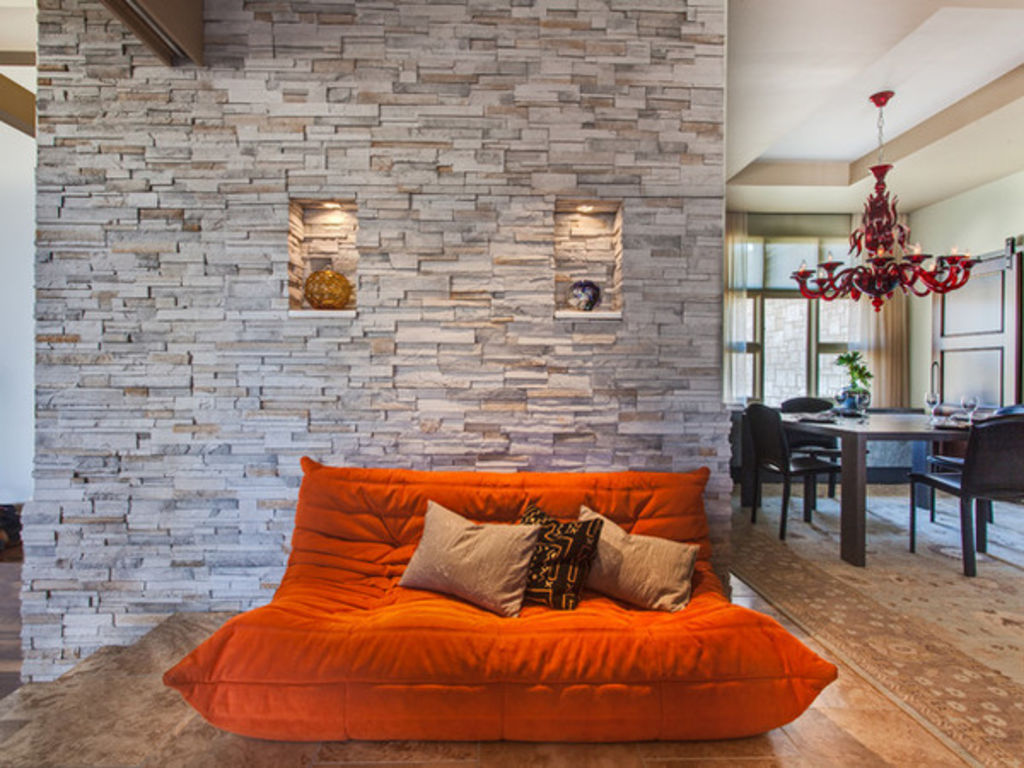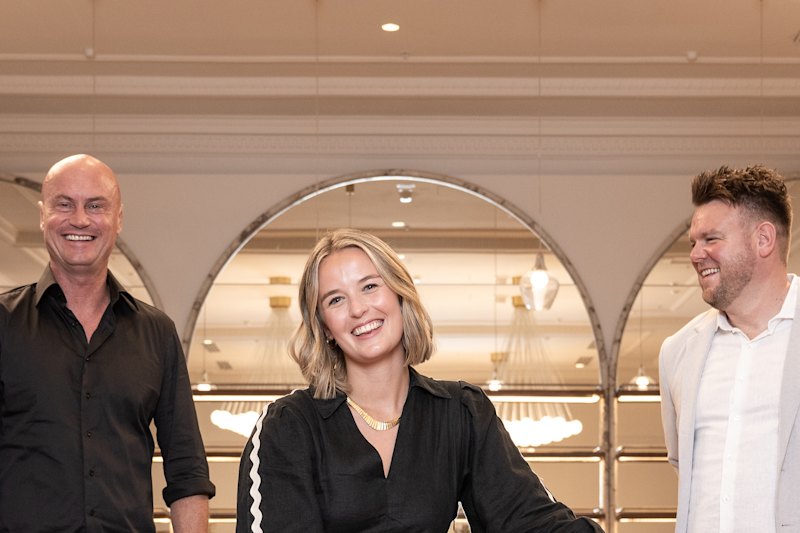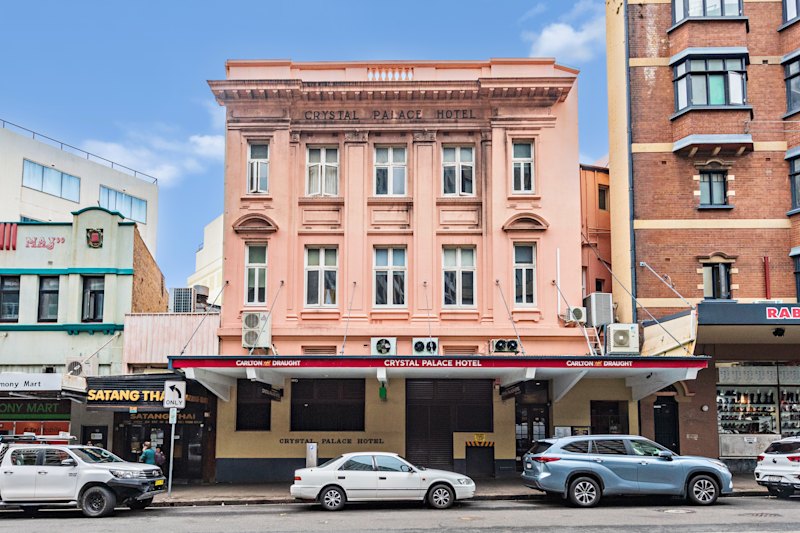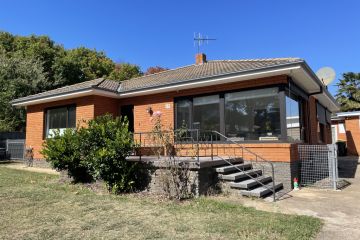Mid-Century features that are making a stylish comeback

Open Living Area by Marcelle Guilbeau, Interior Designer
Author: Janet Dunn
There’s an unwritten fashion rule that if you can remember wearing it, don’t touch it when it has a revival. This applies to mini skirts, denim jumpsuits (the original onesie), hot pants and white vinyl boots. Luckily, it doesn’t apply to the world of interiors, as we constantly reference past styles in furniture, colours and materials to embellish our homes. Many popular Mid-century design elements waned in popularity in later decades, but some of you may still remember these features from the ’60s and ’70s. In the 21st century, thanks to designers’ responses to modern lifestyles, they have reappeared with a whole new attitude. Let’s revisit six old faces and see how they look in today’s homes.
1. The beanbag
IN THE BEGINNING: The beanbag chair was designed in 1968 by Paolini, Teodoro and Gatti for Italian furniture company Zanotta, and was known as the Sacco. It was originally in leather with Styroform bead filling. Zanotto still produces this chair.
Beanbags were embraced by the casual, youthful counter-culture of the ’70s. The simple conical shape and sack-like slump conformed with the body and lent itself to slouching around planning protest marches and love-ins. They were mass-produced in vinyl with polystyrene filling and were cheap, portable, easy to clean and relatively indestructible.
WHY NOW? Oh baby, check me out! A beanbag built for two in plush velvet is a far cry from the ’70s. While the basic design has passed the test of time – it is still portable, flexible and hard-wearing – modern refinements have made it a less cheap-and-cheerful option. A tailored structure with a raised back and reinforced-shaped edges gives more support, and materials like velvet or faux fur have produced quite a sophisticated piece of furniture. Sizes now range from baby to two-adult size. The beanbag’s resurgence has coincided with the trend for ‘home theatres’, which in turn has been a response to greater home entertainment options.

The beanbag may be all grown up, but it remains a favourite with children because of its fun vibe and ability to take a bit of rough-housing. Heavy-duty fabrics and zip-off washable covers make it perfect playroom furniture. Many styles have a zip-up storage compartment in the base, too.
More: 14 Imaginative Playroom Ideas That Will Keep Kids Coming Back for More

2. The beaded curtain
IN THE BEGINNING: Beaded curtains were usually made of threaded glass, plastic, bamboo or acrylic beads, and were an affordable semi-private barrier that kept out bugs. Popular in beach shacks and surfy hangouts, where they let sea breezes waft through, they often featured portraits of Mona Lisa, Che Guevara or Mao Tse-Tung. The click and rustle of a beaded curtain found favour with devotees of feng shui philosophy and love-children of the hippie movement.
WHY NOW? The concept of a flexible, semi-private barrier is tailor-made for modern open plan interiors. Today’s beaded curtains use ball chain construction, in a variety of metals – stainless steel, brass, zinc, copper, or powder-coated – to coordinate with decors. Metallic bead curtains look fantastic in loft-type conversions that favour hard, edgy industrial materials.
There’s glamour galore in a metal bead curtain with shimmer and shine, creating an intimate ambience in this sophisticated setting. If you feel like really splashing out, Swarovski can oblige with a crystal extravaganza.
Buy screens and wall dividers online

3. Seagrass floor covering
IN THE BEGINNING: My first home was Seagrass City. Carpet was out of the question, so I bought a large roll of seagrass squares and covered the floor in an afternoon. Debris could be literally swept under the carpet. We used to visit each others’ homes to admire their seagrass patterns and compare seagrass bargains.
WHY NOW? What we loved then still applies: toughness, suitability for high traffic areas, stain-resistance and cost-effectiveness compared to carpet. What has changed is our heightened awareness of the benefits of sustainable crop production and natural biodegradable fibres as an environmentally kind way to go. Aesthetically, seagrass and other natural fibres like hemp, sisal and jute have subtle colour variations and homespun textures that enhance today’s rooms. New weaving techniques have also produced modern patterns, like ‘Dandelion’, as shown above.

4. Orange
IN THE BEGINNING: Orange was a ’60s child. The orange of that period was not a subtle hue – it was very … orange. As we began to move towards more neutral and elegant palettes, orange languished unloved.
WHY NOW? Because we’re not afraid of bold colours anymore. Because subdued palettes like grey and cream come alive with a touch of orange. Because orange has resurfaced as coral, persimmon, rust, marigold, apricot, russet and pumpkin. Because since Pantone announced ‘Tangerine Tango’ as the 2012 Colour of the Year, we are looking at orange with a new eye.
Browse living room designs on Houzz

5. Macramé
IN THE BEGINNING: Knotting wool, rope, leather, string and other fibres is a centuries-old skill. Macramé has Arabic origins, and passed to France, Italy and China around the 14th century. It enjoyed a huge swell of popularity in Victorian England, but the craft subsequently fell into disuse until rediscovered by hippies with flowers in their hair in the ’60s. Maybe the macramé plant hanger was developed to hold ‘pot’ plants.
WHY NOW? Macramé has moved on from plant hangers to sophisticated new uses that infuse fun and quirkiness – even elegance – into modern interiors: lampshades, chair covers, bedspreads, throws, cushions and screens. It taps into the current craze for vintage everything and an increasingly popular craft movement. What’s more, it’s also an easy-to-learn, earth-friendly and therapeutic pastime requiring no equipment except two hands.
Read about this stunning hand-knotted macramé screen in a renovated Melbourne apartment here.

6. The paper light
IN THE BEGINNING: Chinese paper lights came in flat packs from the Two Dollar shop and were nearly always white. They were great for rented accommodation as they could be easily removed and taken to your next flat.
WHY NOW? As the aesthetics of Scandinavian modern design gain ever more traction, these simple lighting solutions fit like a hand in a glove in calm, uncluttered rooms. We also like them for their eco-friendly materials and reasonable price.
More: Get Crafty: Make Your Own Stunning Designer Paper Lantern
States
Capital Cities
Capital Cities - Rentals
Popular Areas
Allhomes
More







